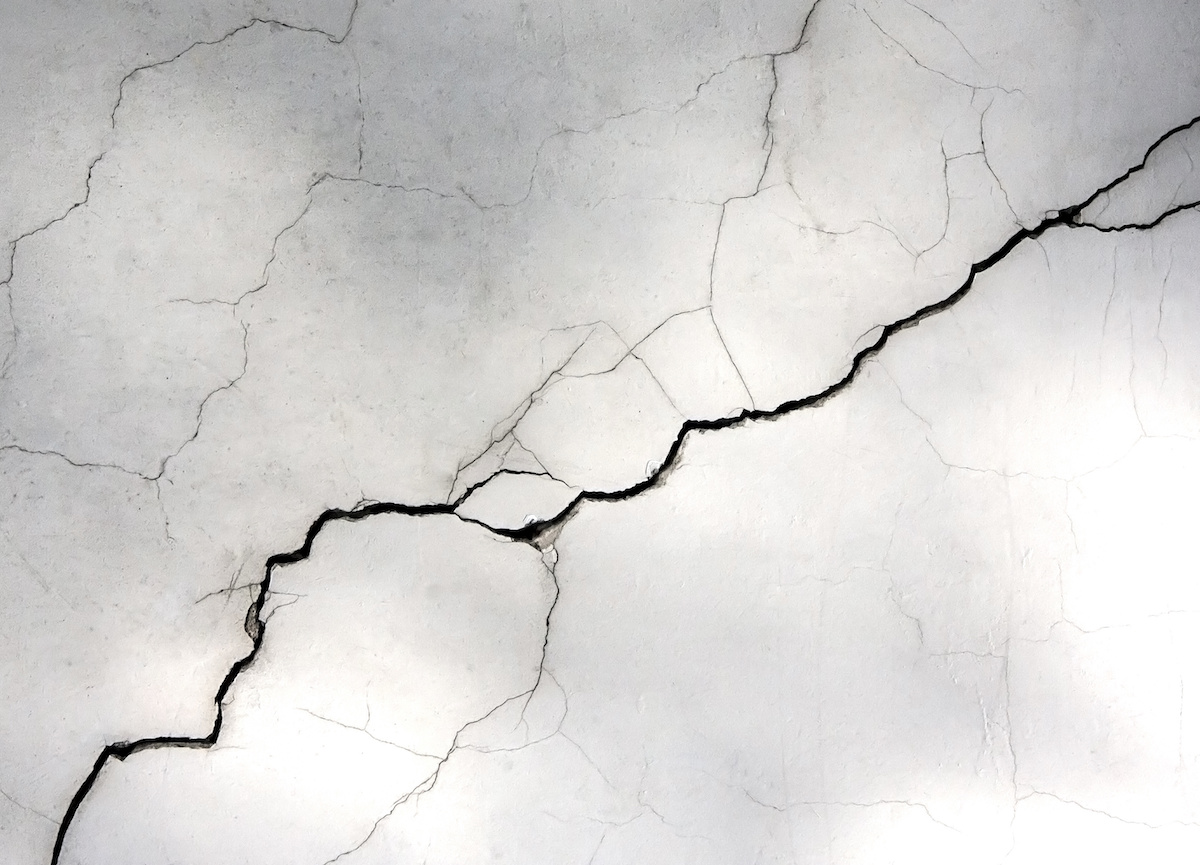
Acoustic material testing
Check workpieces non-destructively by means of acoustic resonance analysis.
State of the art
In order to avoid defective parts in mass production, innovative ways of process control, materials and quality assurance at low costs are required. A non-destructive test method (NDT) such as e.g. B. ultrasound, X-ray analysis, magnetic particle or eddy current testing is required and sometimes the maximum permissible defect size is specified. However, this information is hardly effective, because it is important that the workpiece meets the specified functional characteristics and does not fail in the field. The “classic” NDT processes combine objective sensory information with subjective human evaluation. The highest level of reliability cannot be achieved in this way.
The industrially applied acoustic resonance analysis (also called “sound test”) allows a fast, objective and 100% test of ceramic and metallic workpieces as well as composite materials.
Vibrations correspond to the properties of the work piece
Due to an external excitation, vibrations spread in the solid body: It vibrates in certain characteristic forms and frequencies, the so-called natural natural or resonance vibrations. They are, so to speak, the “language” of the test object. The vibration propagation in the material is characterized by elasticity, shape, material and structure and represents the mechanical properties of the body. Influences such as B. a crack, a different geometry or a change in material affect the resonance frequencies.
Acoustic material testing makes use of precisely these effects. By comparing the measured workpiece-specific characteristic values with stored reference values, quality characteristics such as “OK”, “cracked”, “material and structural defects” can be assigned from the resonances.
Resonance analysis is one of the volume-oriented NDT processes and evaluates defects in the material, while surface-oriented methods only assess these at or just below the surface. Classic methods have no relation to the mechanical properties of the component, while the resonance frequencies represent the mechanical strength.
Application steps
Test objects are subject to object-related, process-related or test-related influences. With the resonance method, only those properties can be assessed which influence the natural vibration behavior of the test object. If necessary, other influencing variables are to be eliminated mathematically. Taking the influencing factors into account, it is necessary to check whether the resonance analysis is suitable for the test task, i.e. H. the quality-relevant errors can be recognized. Proof of suitability is possible through a feasibility study, supported by a modal analysis (FEM). A few test objects are sufficient to assess whether resonance frequencies can be measured. Further measurements under process conditions record and evaluate possible influencing factors. The resonance analysis has been used successfully in industry for many years for fast and safe crack and structure testing of safety-relevant components.
Experience with users has shown, among other things:
• Temperature differences change resonance frequencies, but can be compensated for during the test become.
• In the case of sintered metal gears, exactly those parts failed after a torque load whose Resonance frequencies deviated from the good parts.
• Intelligent processes allow reliable sound testing of ceramic products and composite materials with high material and production-related scatter.
• The process brings the user considerable cost savings: Short test times, inexpensive automation, no consumables and documentation accompanying series production.
Forward-looking work and developments
The acoustic resonance analysis supplements the classic NDT methods for fast component testing. The aim is to make acoustic testing technology even easier and more effective for industrial use for the user. New processes such as pattern recognition and AI models will play an important role here.
2021, Jörg Ritter, RTE Akustik + Prüftechnik GmbH